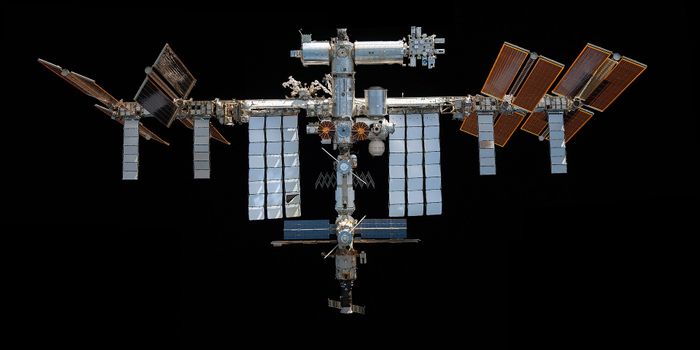Will 3D-Printed Rockets Take Off in the Spaceflight Industry?
Massive spaceflight companies like Blue Origin and SpaceX are spearheading a movement to commercialize the spaceflight industry and develop an infrastructure that will drive the costs of spaceflight down for everyone. But as you might come to expect, the spaceflight industry is still somewhat young and could do with some improvement, especially in the manufacturing sector.
Two friends, each of which also happened to be engineers for two of the top commercial space companies, are now attempting to revolutionize the rocket manufacturing process by replacing standard manufacturing equipment and tooling with state-of-the-art 3D printers. The goal? To reduce the number of parts that go into manufacturing a space-worthy rocket from 100,000+ to a mere 1,000 or so.
3D printing offers significant benefits over traditional manufacturing, with the most apparent being that conventional manufacturing methods require specialized and expensive tooling that needs to be tweaked every time there’s a design change. 3D printing, on the other hand, involves nothing more than a simple software tweak to incorporate such design changes.
With fewer parts, easier manufacturing, and a more streamlined process, 3D printing looks like it could be a promising way to reduce the cost of spaceflight further. On the other hand, the idea is still very much conceptual at the time of this writing. Assuming the engineers can get the process just right and increase their scale to the full-sized rocket dimensions that are used today, they just might manage to get one of their 3D-printed rockets out on the launch pad at some point.








